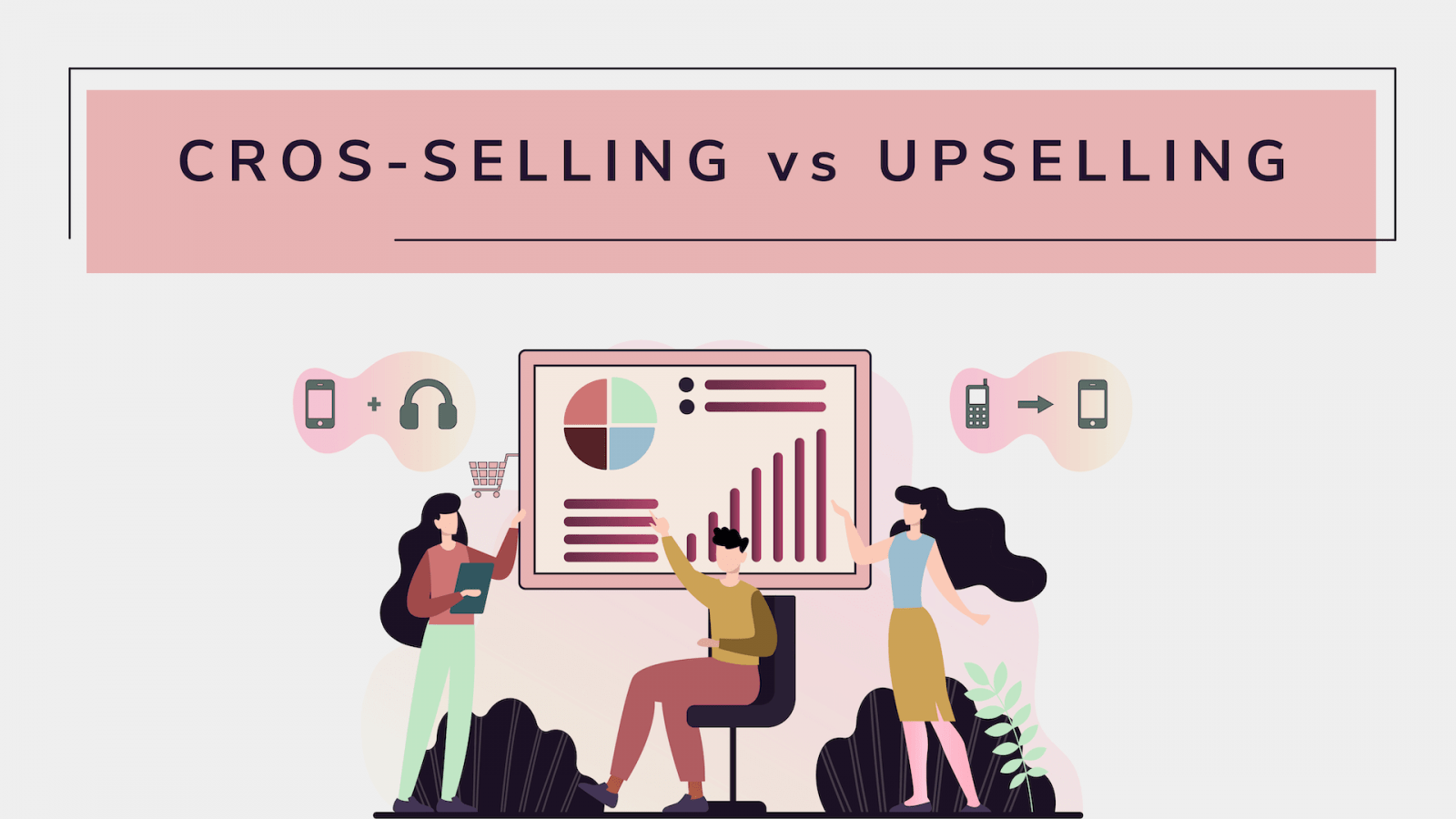
Cross-selling and upselling are powerful techniques in sales that can significantly boost revenue and enhance customer satisfaction. When done effectively, they not only increase average order value but also deepen customer relationships. In this blog, we’ll explore how to master the art of cross-selling and upselling, leveraging strategies, examples, and practical tips.
Understanding Cross-Selling and Upselling
Cross-selling involves offering additional products or services that complement the initial purchase. For example, a customer buying a laptop may also be interested in purchasing a laptop bag or antivirus software.
Upselling, on the other hand, encourages customers to purchase a more expensive or upgraded version of the product or service they are considering. For instance, offering a premium model of a product with enhanced features.
1. Know Your Customers and Products
Before engaging in cross-selling or upselling, it’s essential to understand your customers’ needs and preferences:
- Customer Profiling: Segment your customer base based on buying behavior, preferences, and purchase history.
- Product Knowledge: Have a deep understanding of your product or service offerings and how they can add value to customers.
Table: Customer Segmentation Example
Customer Segment Characteristics Example Cross-Sell Opportunities Business Professionals Need for productivity tools Software subscriptions, accessories Homeowners Home improvement projects Tools, maintenance services
2. Personalize Recommendations
Tailor your cross-selling and upselling recommendations based on customer insights:
- Personalized Offers: Use CRM data and past interactions to personalize offers that resonate with each customer.
- Behavioral Triggers: Identify triggers such as purchase history or browsing patterns to suggest relevant products.
3. Timing and Relevance
The timing and relevance of your offer are critical to successful cross-selling and upselling:
- Contextual Selling: Present additional offers at the right moment during the customer journey, such as checkout or post-purchase.
- Relevance: Ensure that the suggested products or upgrades align closely with the customer’s current purchase or interests.
Table: Timing Strategies
Customer Journey Stage Cross-Sell/Upsell Opportunity Post-Purchase Related accessories or service plans Upgrade Decision Point Premium features or extended warranties
4. Bundle and Package Offers
Create bundled offers that combine products or services for added value:
- Value Proposition: Highlight cost savings or convenience when purchasing bundled products.
- Bundle Examples: Offer discounted bundles of related products or packages with complementary services.
5. Educate and Demonstrate Value
Demonstrate how additional products or upgrades can benefit the customer:
- Benefits Communication: Clearly articulate the value and benefits of the recommended products or upgrades.
- Customer Education: Provide product demonstrations, case studies, or testimonials to reinforce the value proposition.
Table: Value Demonstration
Value Proposition Example Benefits Enhanced Performance Faster processing speeds, improved efficiency Comprehensive Solutions All-in-one solutions for convenience
6. Measure and Optimize
Continuously monitor the effectiveness of your cross-selling and upselling strategies:
- Metrics: Track metrics such as conversion rates, average order value (AOV), and customer satisfaction scores.
- Feedback Loop: Gather feedback from customers and sales teams to refine strategies and improve outcomes.




